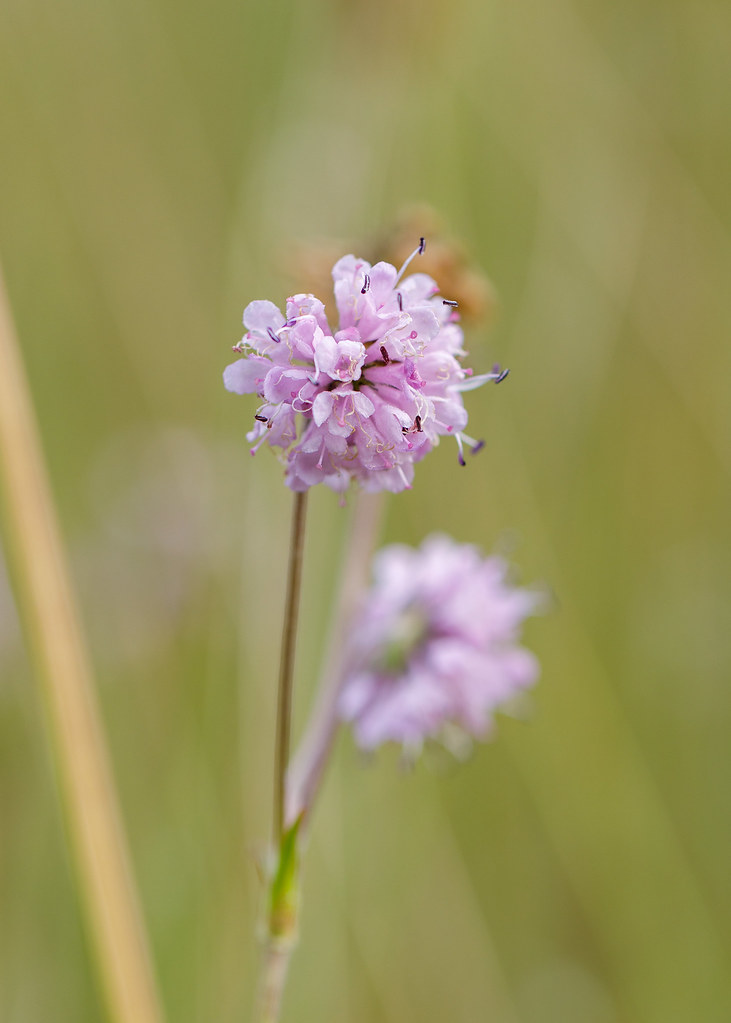#devils bit scabious
Text
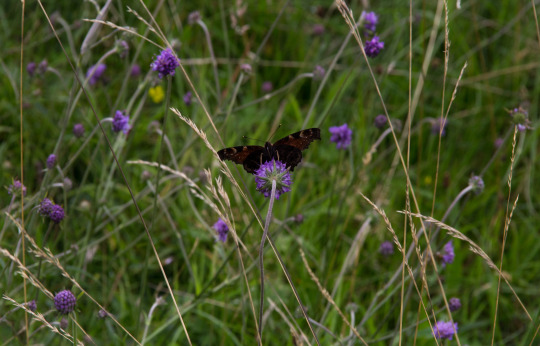
peacock butterfly on devil's bit scabious
August 2023
#original photographers#photographers on tumblr#nature photography#lensblr#plants#insects#peacock butterfly#devils bit scabious#flowers#summer#aesthetic#naturecore
104 notes
·
View notes
Text
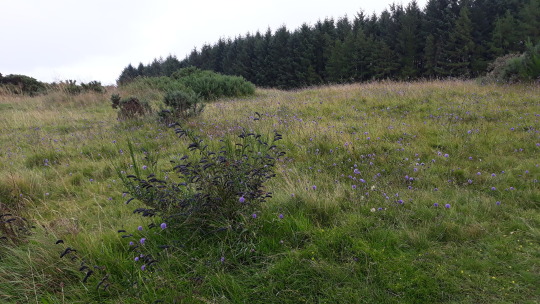
#plants#flowers#devils bit scabious#broom#meadow#late summer#nature photography#photographers on tumblr#phone
30 notes
·
View notes
Text
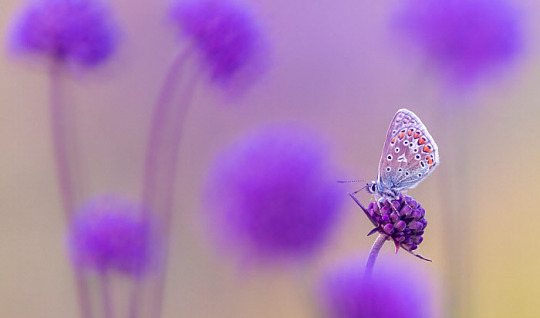
Common blue butterfly (Polyommatus icarus) resting on Devil's bit scabious (Succisa pratensis)
Photo by Ross Hoddinott
#Polyommatus icarus#Polyommatus#Succisa pratensis#Succisa#common blue butterfly#butterfly#blue butterfly#devil's bit scabious#devil's-bit#purple#purple flowers#butterfly photography#insect#entomology#insect photography#nature#macro photography
85 notes
·
View notes
Text



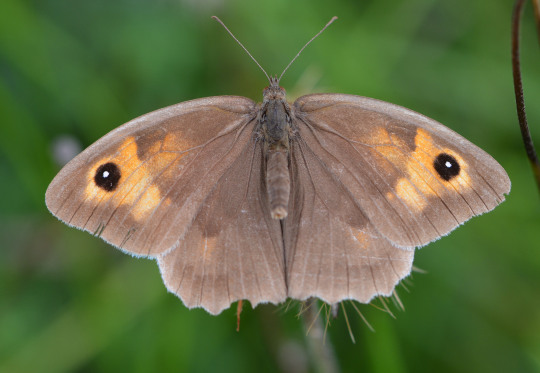



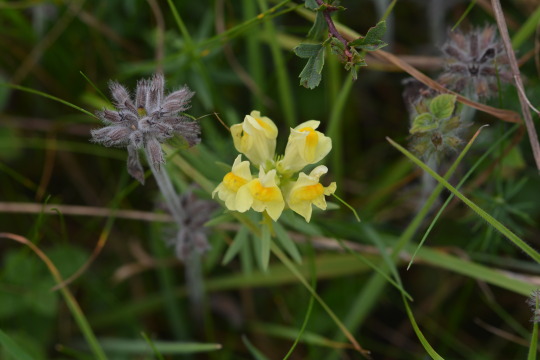


10th September 2023: Martin Down
Flora and fauna photos taken today in this set: 1. Hawthorn. 2. Devil's-bit scabious, I was captivated by swathes of this one of my favourite flowers. I'd only seen them in the New Forest before the ones I saw at Old Winchester Hill two weeks ago and it was great to see some here as it's the main caterpillar food plant of Marsh Fritillary one of the star butterflies of this site. We don't often come at this time of year so had never seen these flowers here before, it was great to see good numbers of them therefore. 3. A bright looking mossy rose gall. 4. A marvelous Meadow Brown, we got some smashing views of this enduring butterfly and remarked during the walk about how the species goes on from the start of summer until the end outlasting many others, they're a welcome constant over the summer. 5. Chaffinch that I heard calling well too. 6. Buttercups. 7. Some quite late lady's bedstraw which I made the most of. 8. Common toadflax another of my favourites. 9. Bee on bramble flower with blackberries and hawthorns nearby. 10. Black-eyed Susan in the emerging sun this evening when home.
Perfect for Wildflower Hour on Twitter's seed head theme tonight I liked zooming in on many flower seed heads on the walk including wild carrot, yarrow, hogweed, knapweed, creeping thistle, ragwort, marjoram and old man's beard. It did feel a bit like summer winding down when out and it was overcast here with the brown fields around, a place we normally visit when brimming with insects at the height of spring into summer (there were still a fair few about today of course), and a lot of the flowers had gone over (again, there were many still about though) but it was good to appreciate that they can still be beautiful after they flower. I saw the flowers of some of these too and centaury, eyebright, wild basil, dark mullein, pineappleweed, field/small scabious, hemp agrimony, pretty honeysuckle, ivy including some covered in bees which was nice to see, speedwell, self-heal and some poppies in the famous adjoining poppy field were other highlights. Rose hips, sloes, elder and privet berries were other fruit highlights. Small Copper again, Common Blue, Speckled Wood, Small White, Small Heath and a splendid fresh looking Peacock were other good butterflies to see. Veneer moth, Southern Hawker, horse fly, hornet, possible wasp, Long hoverfly, possibly the rare Large Marsh Grasshopper and spiders were other highlights. It was brilliant to see two Redstarts, what an autumn I'm having for seeing them at different places. Kestrel in the air, Magpie, vocal Woodpigeons, Blackcap, Whitethroat, Stonechat, Swallow, Skylark, Linnets, loads of colourful Goldfinches which was great to see and Great Tit were other standout birds. It was good to see bee in the garden on the Black-eyed Susan, Goldfinches out the front and Collared Doves out the back and fly before bed last night at home, with an epic Buzzard view on the way back from Martin Down.
#martin down#redstart#small copper#meadow brown#devil's-bit scabious#woodpigeon#whitethroat#photography#birdwatching#nature#outdoors#2023#september#summer#autumn#hawthorn berries#berries#seed heads#marjoram#yarrow#stonechat#earth#walk#walking#kestrel#grasshopper#collared dove#flowers#europe#weekend
5 notes
·
View notes
Text
Devil's-bit scabious #wildflowers
Succisa pratensis.
Picture taken August 16.
#scabious #plants #nature #naturephotography #woods #plant #wildflower

View On WordPress
0 notes
Video
Pink Scabious by Oliver Andrews
Via Flickr:
A light pink variant of devil's-bit scabious flowering along the sides of the paths in Brampton Wood.
#autumn#autumnwatch#brampton#brampton wood#cambridgeshire#canon#canonuk#devil's-bit scabious#flora#flower#flowers#nature#nature reserve#outdoors#petals#pink#plant#plants#purple#succisa pratensis#wildlife trust#wildlife trusts#woodland#woods#flickr
0 notes
Text
Floral Devil Lore
Source: The Complete Language of Flowers by S. Theresa Dietz
Do your own research on the toxicity of these plants before using them in any capacity.
Aletris farinosa: Devil's Bit
Artemisia absinthium: There is a legend that Artemisia absinthium marked the path that Satan took on his exit from the Garden of Eden.
Atropa belladonna: Devil's Berries, Devil's Cherries
*Cardamine: is supposedly an ingredient in the “Nine Herbs Charm” of tenth century England that was intended to be used in battle to fend off the perceived power used against them by the Serpent. (Given the Christian influence on the poem, the Serpent may or may not reference the Devil.)
Centranthus ruber: Devil's Beard
Chelidonium: Devil's Milk
Chiranthodendron pentadactylon: Devil's Hand Tree
Conium: Devil's Porridge
Cuscuta: Devil's Guys, Devil's Hair, Devil's Ringlet
Cylindropuntia imbricata: Devil's Rope Cactus, Devil's Rope Pear
Datura: Devil's Apple, Devil's Cucumber, Devil's Trumpet, Devil's Weed, Hell’s Bells
Daucus carota: Devil's-plague
Epipremnum aureum: Devil's Ivy
Ferula assa-foetida: Devil's Dung; symbolism chase away the devil
Hyoscyamus niger: Devil's Eye
Hypericum perforatum: Chase Devil, Scare Devil
Mandragora: A person who received one for free would never be free, for the person would be in the grip of the Devil.
Nigella damascena: Devil in the Bush
Nolina lindheimeriana: Devil's Shoestring
Ocimum basilicum: The Devil's Plant
Oxalis tetraphylla: charm against the Devil
Petroselinum crispum: Devil's Oatmeal
Podophyllum peltatum: Devil's Apple
Pteridophyta: Devil's Brushes
Rauvolfia tetraphylla: Devil Pepper
Sambucus nigra: The English believe that burning its logs will bring the Devil into the house.
Sansevieria: Devil's Tongue
Secale cereale: Dealings with the Devil, Devilry
Stenocereus eruca: Creeping Devil
Succisa pratensis: Devil's Bit, Devil's Bit Scabious; In folk tales, the short black roots of this plant are the result of the Devil biting off the roots in anger after hearing a rumor that the plant may have had curative powers against the Bubonic Plague.
Verbena officinalis: Devil's Bane
Vinca minor: Devil's Eye
#satan#devil#lucifer#satanism#luciferianism#theistic satanism#satanblr#satanist#theistic luciferianism#luciferian#my post
63 notes
·
View notes
Text
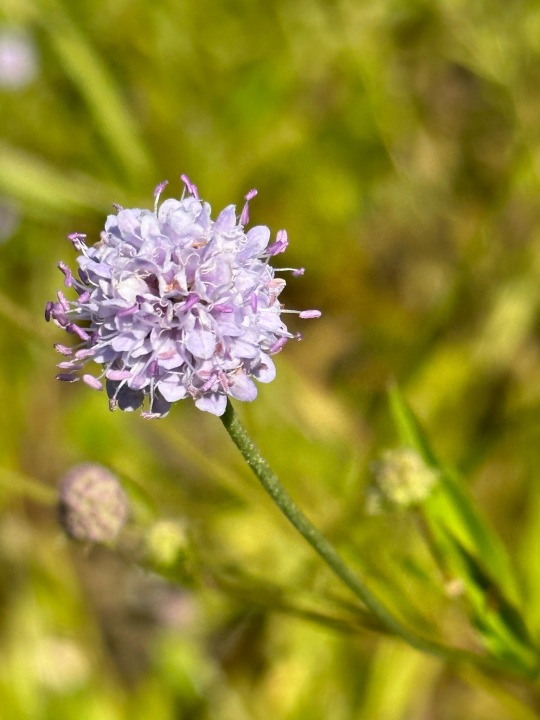


Plant of the Day
Tuesday 7 November 2023
A close relative of devil's bit scabious Succisella inflexa (Southern succisella) is popular with pollinators. It thrives in a moist soil in sun or partial shade. The long spreading branches produce an airiness to a display allowing the plants behind to be seen.
Jill Raggett
#Succisella#Southern succisella#pale purple flowers#pollinator friendly#herbaceousperennial#plants#horticulture#gardens#garden#cambridge
73 notes
·
View notes
Text
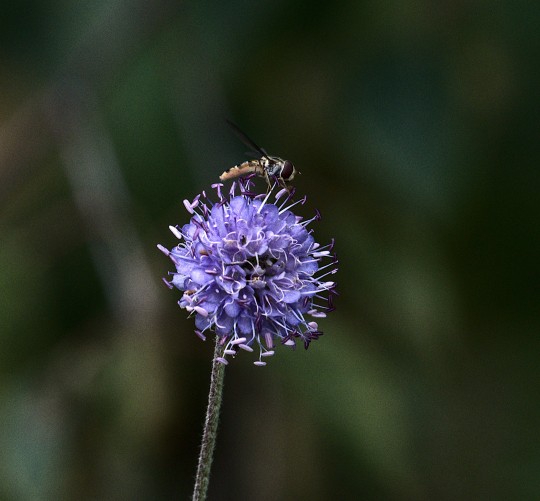
Devil's bit scabious with hoverfly
#devils bit#flowers#wild flowers#insect#hoverfly#nature#nature photography#nature addict#nature lovers#rspb#rspb love nature#st aidans nature park#leeds#yorkshire#uk#uk wild flowers#photographers on tumblr#original content#original work#original photograph#all my own work
26 notes
·
View notes
Text
Ecological imbalance: How plant diversity in Germany has changed in the past century
https://sciencespies.com/nature/ecological-imbalance-how-plant-diversity-in-germany-has-changed-in-the-past-century/
Ecological imbalance: How plant diversity in Germany has changed in the past century
Germany’s plant world has seen a greater number of losers than winners over the past one hundred years. While the frequencies and abundances of many species have shrunk, they have significantly increased in others. This has resulted in a very uneven distribution of gains and losses. It indicates an overall, large-scale loss of biodiversity, as a team lead by the Martin Luther University Halle-Wittenberg (MLU) and the German Centre for Integrative Biodiversity Research (iDiv) reports in Nature.
It’s a weird paradox: While global biodiversity is lost at an alarming rate, at the local level, many studies are finding no significant decreases in animal and plant species numbers. “However, this doesn’t mean that the developments are not worrying,” warns Professor Helge Bruelheide, an ecologist at MLU. After all, it also depends on which species we are talking about. For example, if survival artists that are specially adapted to peatlands or dry grasslands are displaced by common plants, the number of species often remains, in total, the same. However, diversity is still being lost because the once very distinct vegetation of different habitats is now becoming more and more similar.
To find out how strong this trend is in Germany, the team led by MLU looked at a multitude of local studies. Numerous experts provided data from more than 7,700 plots whose plant populations had been surveyed several times between 1927 and 2020. These studies, some of which have not been published before, cover a wide range of habitats and provide information on nearly 1,800 plant species. This includes about half of all the vascular plant species that grow in Germany. “Such time series can provide very valuable information,” explains Dr Ute Jandt from MLU. This is because very precise botanical censuses can be conducted in plots that are often only ten or twenty square metres in size. “: It is highly unlikely that plants disappear or reappear unnoticed in such plots,” Jandt adds.
An analysis of the data shows a negative abundance trend for 1,011 of the species studied and a positive trend for 719. In other words, there have been 41 per cent more losers than winners over the last hundred years. “Even more surprising is that the losses were distributed much more evenly,” says Bruelheide. The team discovered this using the Gini coefficient, which is usually used to analyse the distribution of income and property. The index shows, for example, that in many countries across the globe, a small number of rich people are getting richer while the vast number of the poor are getting poorer. Germany’s plant world is seeing a very similar trend: the losses are more evenly distributed among the many losers, while the gains are concentrated among fewer winners.
The latter group includes, for instance, the black cherry and the northern red oak, both of which originated in North America but have now also taken over many forests in Germany. The frost-sensitive European holly has also gained more and more ground in the course of climate change. The large camp of losers, on the other hand, consists of many types of agricultural weeds such as the cornflower, meadow species such as the small scabious, and wetland specialists such as the devil’s-bit.
According to the study, the strongest imbalance between gains and losses occurred between the late 1960s and the early 21st century. “This phase started with the strong intensification of land use. Since then, however, there have been successful nature conservation measures that have weakened the still ongoing negative trend to a certain degree,” says Bruelheide.
No one knows yet whether this also applies to other regions of the Earth. That is why the team advocates collecting and evaluating similar datasets from around the world. This uneven distribution of gains and losses can be taken as an early warning sign of biodiversity changes which will ultimately lead to the extinction of species.
The new study is an outcome of the project “sMon — Biodiversity Trends in Germany,” which is coordinated by iDiv. As part of this initiative, data on the development of biodiversity throughout Germany are being compiled and analysed. To this end, researchers are teaming up with public institutions and nature conservationists.
#Nature
#10-2022 Science News#2022 Science News#acts of science#Earth Environment#earth science#Environment and Nature#everyday items#Nature Science#New#News Science Spies#October 2022 Science News#Our Nature#planetary science#production line#sci_evergreen1#Science#Science Channel#science documentary#Science News#Science Spies#Science Spies News#Space Physics & Nature#Space Science#Nature
4 notes
·
View notes
Photo


purple haze
September 2022
#original photographers#photographers on tumblr#lensblr#nature photography#plants#flowers#hillside#heather#devils bit scabious#meadow#purple#late summer#texture#dark nature#aesthetic#naturecore
123 notes
·
View notes
Text

devil's bit scabious
#plants#flowers#devils bit scabious#late summer#nature photography#photographers on tumblr#phone#physical filter
16 notes
·
View notes
Text
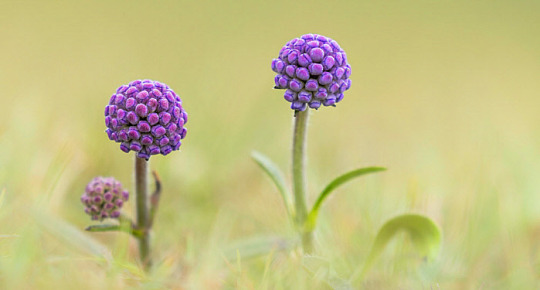
Devil's-bit scabious (Succisa pratensis)
Photo by Guy Edwardes
#Succisa pratensis#Succisa#Devil's-bit scabious#flowers#purple#purple flowers#colorful flowers#flower photography#nature#floral#botanical#plants
9 notes
·
View notes
Text

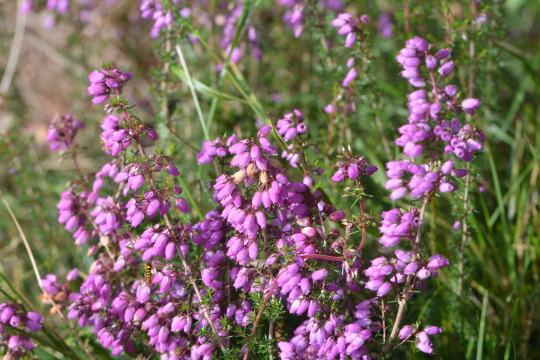
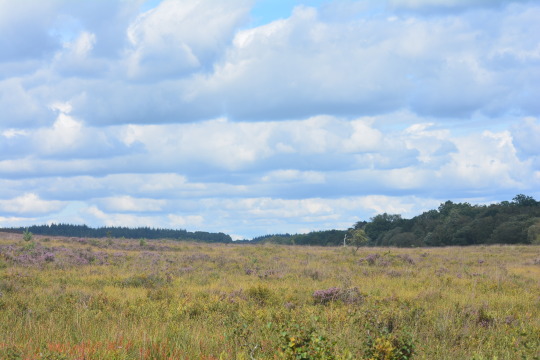

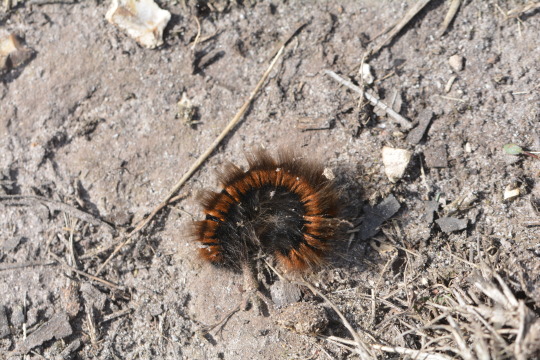


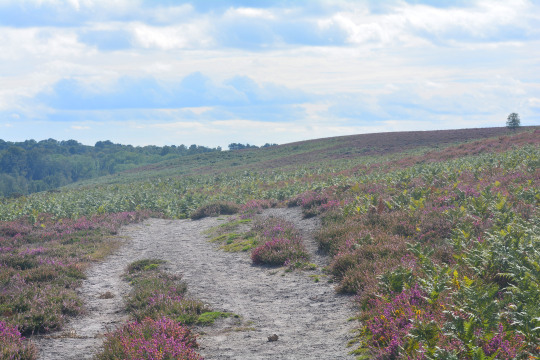

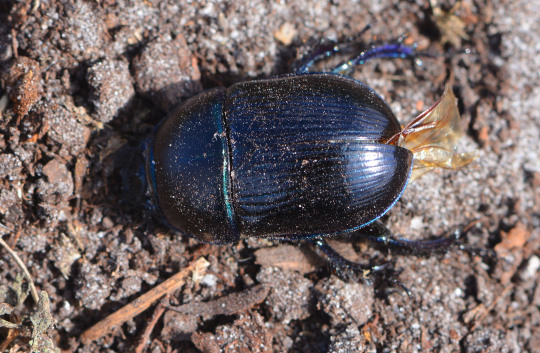
27/08/23-Ibsley Common in the New Forest
Photos taken in this set: 1, 3, 6, 7 and 8. Views on a lovely walk here, it was wonderful to take in the landscape painted yellow and green by the ripe heather and bracken. It was so good to enjoy immersive purple scenes which were spectacular to take in again. 2. A macro shot of some of that heather right at the end of the walk with a hoverfly coming to the flowering in shot too. 4. One of a fair few mushrooms I enjoyed seeing today, this is a great spot for them. 5. One of two or three Fox moth caterpillars I enjoyed seeing on the walk at varying stages. 9. Tormentil, a key New Forest species kissed well by the sun this afternoon. 10. A Dor beetle it was nice to see, though facing some difficulty.
It was nice to hear for a while the atmospheric call of a Buzzard on a second Sunday running and see the bird, with Stonechat and Meadow Pipit seen very well in this purple landscape. Fallow Deers and New Forest Ponies were beautiful mammals to see at a distance during the time here this afternoon. Ichneumon wasp which was thrilling to see, a yellow quartet of gorse mixing well with the heather, lesser spearwort in water, buttercup and ragwort, milkwort, sheep's sorrel, possible bog asphodel and I believe the shaggy scalycap mushrooms clinging to the base of a tree were other highlights on the walk. Species I saw at Old Winchester Hill earlier today which my last post details and here as well were Gatekeeper, Small Heath, devil's-bit scabious a flower I love looking for in the forest as we go into September and bramble flower. I enjoyed fantastic time in two national park spots in the South Downs and here today. It was nice to see borage on a roundabout on the way home with Goldfinch, Brown House moth and fly seen at home.
#devil's-bit scabious#fox moth caterpillar#meadow pipit#stonechat#buzzard#outdoors#walking#walk#new forest#england#uk#earth#nature#world#happy#photography#butterflies#birdwatching#sunday#bank holiday weekend#weekend#flowers#2023#august#wildlife#europe#hampshire#forest
2 notes
·
View notes
Text
Devil's-bit scabious #wildflower
Devil’s-bit scabious #wildflower
Succisa pratensis.
Picture taken September 11.
#wildflowers #plants #nature #naturephotography #woods

View On WordPress
0 notes
